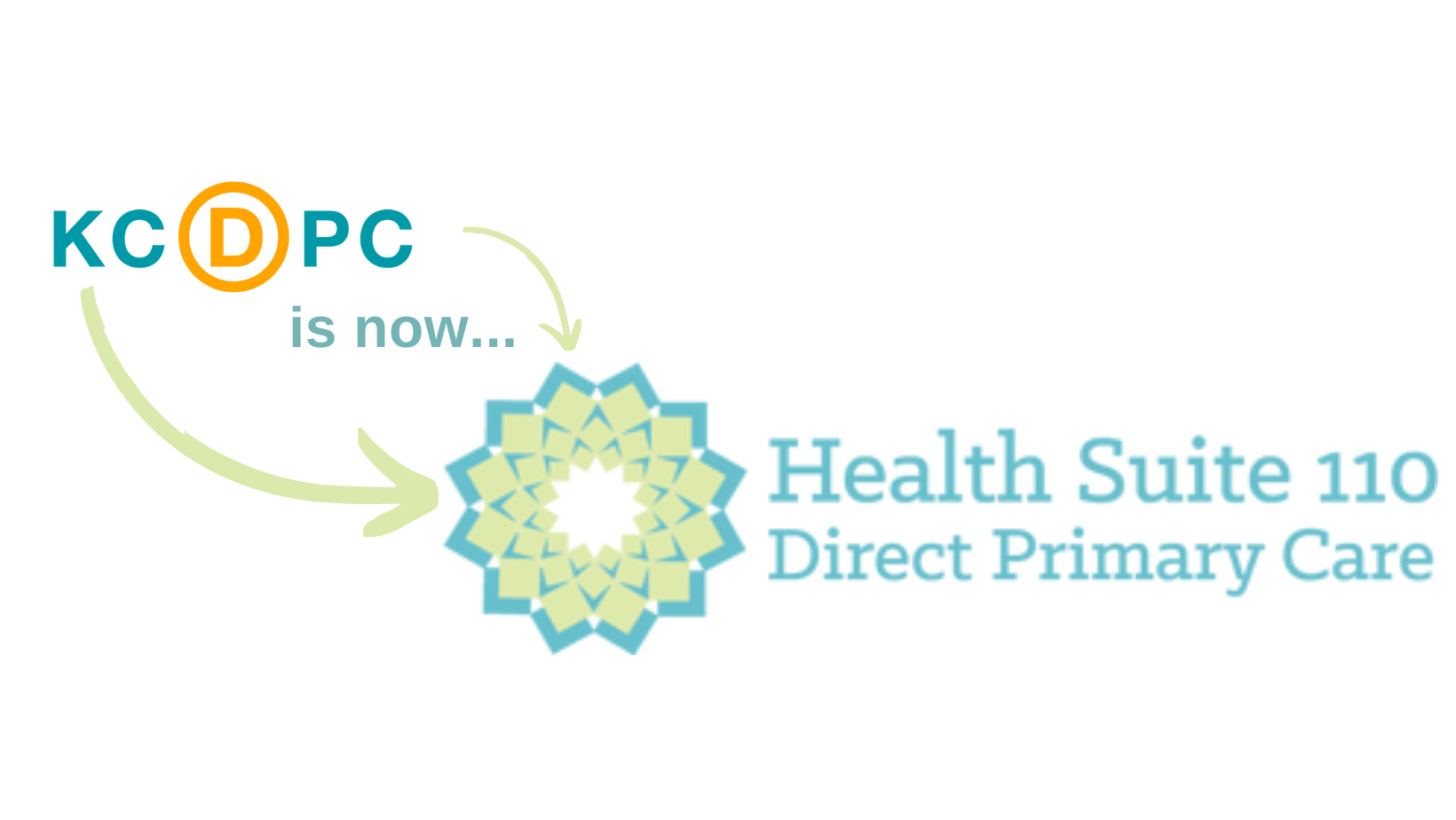We’ve been getting a lot of questions both from our patients and the employers we serve about returning to work and how to keep everyone safe at work.
Let me start by saying: we’re all figuring this out together, and things are changing quickly. We don’t have hard, empiric science to guide some things, and we’re learning that there is a tricky balance between opening up and keeping people healthy.
In other words, we are often stuck between a rock and a hard place.
While I understand the impulse to want to “return to normal” and even encourage a certain amount of returning to schedules, routines, and the like, the flip side of people leaving their homes and returning to work is that, inevitably, you, your employees, and/or your coworker will either come down with COVID or will be directly exposed to someone who is COVID positive.
This is inevitable in a world where we’re out and about. It’s the consequence of us leaving our homes and moving away from full quarantine.
Because this is inevitable, employers need to figure out how they’re going to handle these things as they come up. Taking steps before things get out of hand will pay dividends in the long run and will potentially prevent the need for you to shut down your business completely.
As such, my recommendations for employers are:
1. Prevention is key.
- Keep as many people as possible at home, working remotely.
- For those who have to come in, it is vital that workspaces be spaced 6-10 feet apart.
- Masks must be worn at all times that an employee is not eating.
- Make hand hygiene easy: keep hand sanitizer everywhere.
- Check employees’ temps daily; while this may not entirely prevent someone who is infected from entering the workplace, it may catch a symptomatic person more quickly.
2. Develop a clear policy for those who are sick and/or exposed.
- I recommend that anyone with symptoms or an exposure stay home, away from others.
- Current CDC recommendations are that those who are symptomatic and/or exposed quarantine until 10 days from their first symptoms and fever-free for 24 hours.
3. Figure out pay and leave.
- If you follow the CDC mandates, as above, you will also need to figure out if you are going to pay people who are staying home. Remember: you want employees to stay home if they’re sick and/or exposed so as to not expose all of your other employees and clients. If you lose all of your employees — or potentially harm your clients — with a COVID outbreak, you’re going to be worse off in the long run.
- Be careful with the manner in which you structure this and connect w/ your attorney or HR professional regarding laws in this department. If you have questions, we recommend Brian Huston w/ Outright HR to answer questions in this department.
4. Determine your return-to-work plan.
- As noted above, we recommend that exposed individuals and/or those who are symptomatic quarantine away from others for 10 days + fever-free for 24 hours.
- A negative test is not a good measure for return to work; there is a very real risk of false negatives.
- While sequential testing (i.e. two negative tests spaced by 24 hours) decreases the risk of false negative, the turnaround time on testing is very, very long. We are seeing test results take up to two weeks to return. If you are requiring this of your employees, you may be forcing them into a longer quarantine than if you just followed the 10-day quarantine as noted above.
- This, of course, may change with time. But at the present I recommend against testing as a means for return-to-work (outside of healthcare — that’s another conversation w/ other turnaround times) due simply to the logistical delays.
As always, reach out with any concerns or questions.
Allison Edwards, MD
